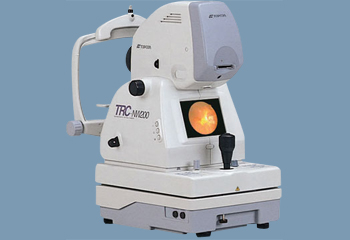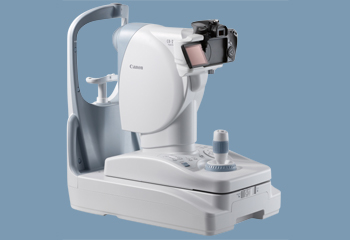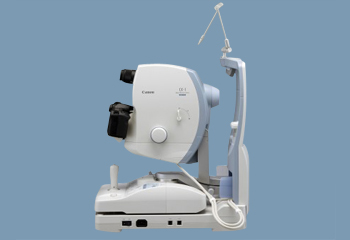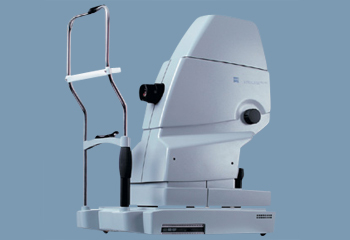Non-mydriatic fundus cameras have grown in popularity in recent years. Like mydriatic fundus cameras, they employ fundus photography to take detailed images of the retina, with the purpose of painting a full picture of patients’ eye health. But they’ve gained favor over mydriatic fundus cameras because of their patient-friendly technology.
This instrument captures high resolution monochrome and color images of the retina and also the eye’s anterior segment. It’s especially helpful in glaucoma detection, diabetic screening, and diagnosis of other serious eye diseases.
How non-mydriatic fundus cameras work
Non-mydriatic fundus cameras directly photograph the retina using a series of special functions, like auto focus, auto exposure, blink detection, and lower flash intensity.
Non-mydriatic fundus cameras don’t require pupil dilation and rely less on bright lights. So, by eliminating the 30-minute wait associated with dilation, patients and doctors gain back valuable time without sacrificing accuracy. The patient also has a more pleasant exam experience.
Benefits of non-mydriatic fundus cameras
Non-mydriatic fundus cameras also have other diagnostic benefits. Images can be shared with the patient during the exam, and they can be emailed to the appropriate parties for referrals or additional consultations.
Some models incorporate colored filters, which can help with diagnoses for specific conditions. Other models are compact and portable, making it possible to share equipment between offices.
And overall, non-mydriatic fundus cameras are easy to use, requiring little technical training to get started. For practices that want to incorporate cutting-edge technology, non-mydriatic fundus cameras are a great place to start.
Canon
Kowa
Nidek
Topcon

Topcon TRC-NW6S
Topcon TRC-NW7SF
Topcon TRC-NW8
Topcon TRC-NW8F
Topcon TRC-NW100
Topcon TRC-NW200
Topcon TRC-NW300






























